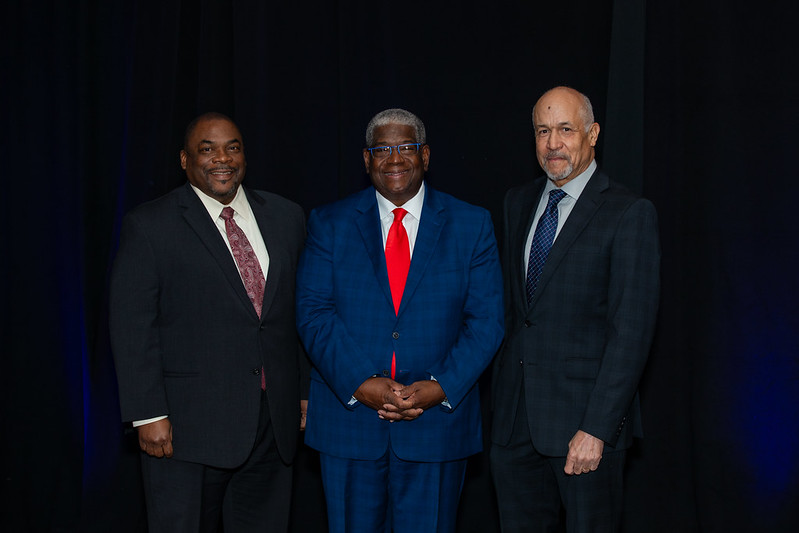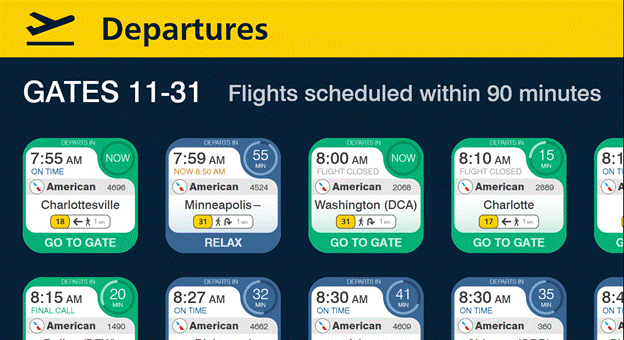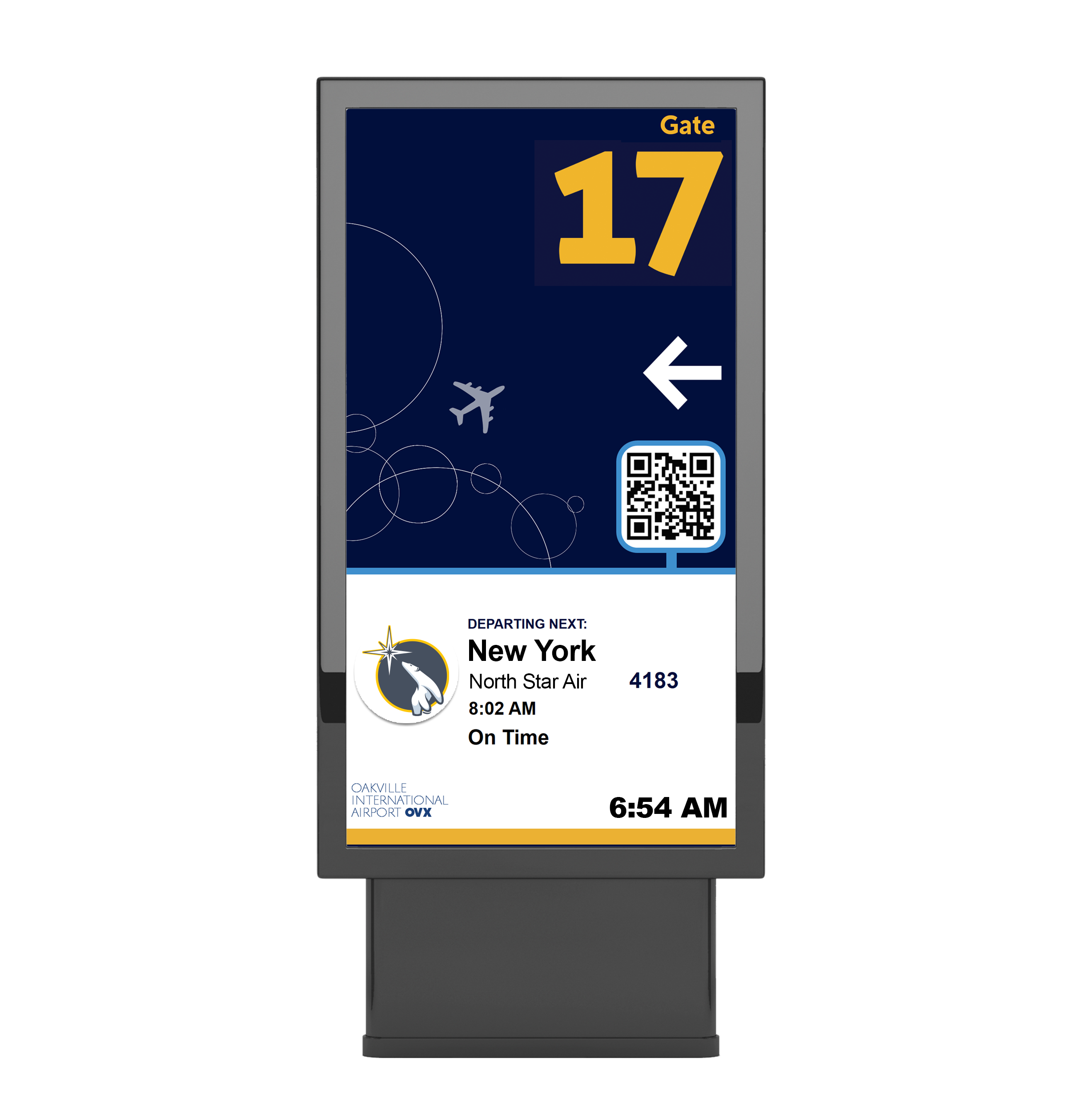At the International Aviation Club’s latest luncheon in Washington, D.C., Kevin Burke, President and CEO of Airports Council International – North America (ACI-NA), sat down for a fireside chat with Justin Erbacci, Director General of ACI World. The discussion touched on the evolving role of ACI World, the biggest challenges facing airports today, and what the industry must do to remain competitive in an increasingly globalized and technology-driven aviation landscape.
ACI World’s Expanding Role on the Global Stage
Since taking the helm of ACI World in September 2024, Erbacci has prioritized strengthening advocacy, enhancing global collaboration, and driving innovation in airport operations. As the voice of the world’s airports before international bodies like ICAO and IATA, ACI World is preparing for the upcoming ICAO Triennial Assembly in September 2025, where key policies affecting airport sustainability, safety, and capacity will be debated.
Addressing Safety and Security in a Changing Threat Landscape
With recent security incidents making headlines, Erbacci emphasized that safety and security remain the foundation of global aviation. He highlighted ACI World’s APEX safety and security programs, which provide peer-driven assessments and best practices to help airports maintain the highest operational standards. While aviation remains one of the safest modes of transportation, continuous investment in technology, training, and regulatory alignment is essential to address evolving threats.
Capacity Optimization
Airports are facing capacity constraints. ACI’s latest projections indicate that global passenger traffic will reach 17.7 billion by 2043, nearly doubling by 2053. To accommodate this growth, airports must expand infrastructure while adopting more sustainable operations.
U.S. Airports and the Global Competitive Landscape
With five of the world’s ten busiest airports located in the United States, American aviation remains a dominant force. However, China is set to surpass the U.S. in total passenger traffic by 2053, signaling a shift in global aviation dynamics.
To stay competitive, U.S. airports must prioritize infrastructure investment, innovative financing models, and non-aeronautical revenue opportunities, such as enhanced retail and hospitality experiences. As Erbacci noted, airports must evolve beyond being simple transit hubs and become destination experiences in their own right.
Managing Growth Through Smarter Slot Allocation and Technology
With rising passenger demand and growing slot constraints, airports need better tools to optimize capacity and improve efficiency. ACI World is advocating for modernizing the Worldwide Airport Slot Guidelines (WASG) to align with today’s market needs while investing in automation, AI-driven traffic management, and workforce development to streamline operations.
The Next Generation of the Passenger Experience
Finally, Erbacci highlighted the growing expectations of travelers for seamless, stress-free, and personalized airport experiences. ACI’s recent ASQ Global Traveller Survey found that passengers are increasingly looking for automated processes, premium service offerings, and sustainability-focused travel options. As airports continue to innovate with biometric screening, AI-powered personalization, and eco-conscious design, the future of air travel will be shaped by the industry’s ability to meet these evolving demands.
Looking Ahead
With ACI World leading the charge on global policy, sustainability, and operational excellence, airports must embrace innovation and collaboration to navigate the challenges ahead. Whether through capacity expansion, sustainability initiatives, or enhanced passenger experiences, the conversation made clear that the next decade will be transformative for the aviation industry.



 Colleen Hamilton is a principal with Art of Context, a Boston-based technology firm helping airports improve passenger experience through innovative technology solutions that reduce client administration and ensure extension for future innovations. Art of Context has recently been certified as a DBE.
Colleen Hamilton is a principal with Art of Context, a Boston-based technology firm helping airports improve passenger experience through innovative technology solutions that reduce client administration and ensure extension for future innovations. Art of Context has recently been certified as a DBE. All of the gates in Terminal E are Common Use gates. ADP’s Sign Studio module drives the suite of displays that figure prominently in the boarding podium and within the gate pier. The ADP templates tie into both flight data and the boarding control app interface to display the correct complex scenario.
All of the gates in Terminal E are Common Use gates. ADP’s Sign Studio module drives the suite of displays that figure prominently in the boarding podium and within the gate pier. The ADP templates tie into both flight data and the boarding control app interface to display the correct complex scenario. The new gates are “swing gates”/”flex gates” They can accommodate one large wide body jet or the simultaneous boarding of two smaller planes. The process is data driven, so the signage will accommodate either scenario automatically.
The new gates are “swing gates”/”flex gates” They can accommodate one large wide body jet or the simultaneous boarding of two smaller planes. The process is data driven, so the signage will accommodate either scenario automatically. The system accommodates the CBP Biometric Facial Comparison technology. Upon login, the gate agent selects standard or biometric boarding. If biometric boarding is chosen, the boarding process instructions and privacy notices are displayed on a totem sign satisfying Customs and Border Protection mandates.
The system accommodates the CBP Biometric Facial Comparison technology. Upon login, the gate agent selects standard or biometric boarding. If biometric boarding is chosen, the boarding process instructions and privacy notices are displayed on a totem sign satisfying Customs and Border Protection mandates.
 Mark Summers is Zartico’s General Manager for Airports. He has been involved in commercial aviation for his entire professional career, working with Eastern Airlines, SITA, and Rockwell/Collins Airport Services. He is a former ACI committee member and resides in the Atlanta metro area.
Mark Summers is Zartico’s General Manager for Airports. He has been involved in commercial aviation for his entire professional career, working with Eastern Airlines, SITA, and Rockwell/Collins Airport Services. He is a former ACI committee member and resides in the Atlanta metro area. IT teams. Airports must provide reliable, secure and fast connectivity for passengers and staff. Private 5G, leveraging CBRS spectrum, rises to the challenge. Providing extensive bandwidth and increased latency—working alongside existing public cellular distributed antenna systems (DAS) and Wi-Fi—private 5G enables secure on-premise data management and uninterrupted coverage for critical operations.
IT teams. Airports must provide reliable, secure and fast connectivity for passengers and staff. Private 5G, leveraging CBRS spectrum, rises to the challenge. Providing extensive bandwidth and increased latency—working alongside existing public cellular distributed antenna systems (DAS) and Wi-Fi—private 5G enables secure on-premise data management and uninterrupted coverage for critical operations. With the right technology, 5G can bring an environment to life. Take, for example, the state-of-the-art converged network Boingo designed and deployed at Newark Liberty International Airport’s new Terminal A, featuring Wi-Fi 6, cellular DAS, and private LTE over CBRS. The Boingo Private Network supports daily activity on the airport apron, including airside and outdoor areas where aircraft are parked, loaded and unloaded, refueled, boarded and maintained. This network solution provides a cost-effective deployment for outdoor connectivity in a tough to access area requiring extensive bandwidth for connected devices.
With the right technology, 5G can bring an environment to life. Take, for example, the state-of-the-art converged network Boingo designed and deployed at Newark Liberty International Airport’s new Terminal A, featuring Wi-Fi 6, cellular DAS, and private LTE over CBRS. The Boingo Private Network supports daily activity on the airport apron, including airside and outdoor areas where aircraft are parked, loaded and unloaded, refueled, boarded and maintained. This network solution provides a cost-effective deployment for outdoor connectivity in a tough to access area requiring extensive bandwidth for connected devices.

 This chart shows new direct flight routes added this month in North America. It is helpful to see where carriers are focused on expanding their networks.
This chart shows new direct flight routes added this month in North America. It is helpful to see where carriers are focused on expanding their networks.
 Look for the Airports Council International – North America Airport Insights Report each month in the Centerlines newsletter.
Look for the Airports Council International – North America Airport Insights Report each month in the Centerlines newsletter.  John Hoover is a marketing director at
John Hoover is a marketing director at 
 Design template (example data). Leverage space on landscape screens without sacrificing display of flight information.
Design template (example data). Leverage space on landscape screens without sacrificing display of flight information.



 Colleen Hamilton is a principal with Art of Context, a Boston-based technology firm helping airports improve passenger experience through state-of-the-art technology solutions that reduce client administration and ensure extension for future innovations. Art of Context has recently been certified as a DBE.
Colleen Hamilton is a principal with Art of Context, a Boston-based technology firm helping airports improve passenger experience through state-of-the-art technology solutions that reduce client administration and ensure extension for future innovations. Art of Context has recently been certified as a DBE.